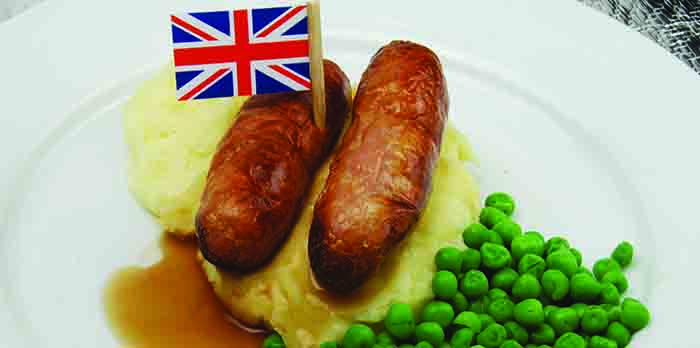Mick Sloyan is an independent industry analyst, with vast experience in the meat industry. He stepped down as AHDB Pork strategy director in 2018 after 40 years of working for the levy body in its various guises, including the last 20 in pigs.
A look at British and EU pig prices this year left me wondering if this is a case of Mark Twain or Monty Python. Is the demise of the UK price premium an exaggerated rumour that will prove to be short-lived or, like the famous parrot, is it dead, deceased and gone to join the heavenly choir?
The British premium, as measured by the difference between the UK and EU weekly Reference Price, averaged 19.7p/ kg deadweight in the five years up to April 2019. As you would expect, there has been a lot of variation from week to week.
However, the only time when the UK was below the EU was a 17- week period in 2016. The position this year has been in stark contrast, with the UK pig price having been below the EU average for 30 weeks between April and early-November.
So what’s going on? Let’s start with supply. Data from AHDB shows that weekly pig slaughter in GB this year has been at similar levels to 2018.
However, average carcase weights are generally higher, so AHDB is forecasting (July 2019) that production will be up by 1.7% in 2019. But it is also forecasting import volumes to be down and exports to be up on last year. As a result, supplies on the market in 2019 are expected to fall by 1.2%.
What about demand? The retail market in this country has certainly been a challenge this year. The bacon and sausage markets have been badly affected over the summer, with sales volumes down by 7% and 5% respectively compared with last year (source: AHDB/Kantar, 12 weeks ended October 6).
Pork sales have fared better with only a small volume decline, but the average retail price of pork this year, at £4.63/kg, was slightly lower than last year, which is surprising given the market background.
An initial reaction is to think that we might be seeing cheaper imports on the market, but the data doesn’t support that view. A closer look at the latest trade statistics for August shows that there has been considerable inflation in imported pork prices of around 17%.
Export demand, particularly driven on by ASF in China and surrounding countries, has been the ill wind that has brought a positive return to UK and EU producers alike. While only three out of the four major processors in the UK are approved to export to China, the rapid growth in business has contributed to a higher pig price across the whole market.
Up to August, the year-on-year increase in export values was worth about 6-7p/kg at farm level. With more abattoir sites and trotters recently approved and prices in China continuing to rise, export values will increase further this year.
From the evidence, it seems clear that while export demand is booming and adding considerable value into the market, the whole supply chain is feeling the pressure from the retail market. There is particularly fierce competition as the discounters slug it out with the traditional supermarkets, using price as the main weapon. Although we have seen some increase in processed pork and sausage prices there has been very little movement in the retail pork price, which is the main driver of the pig price. This is despite the cost of GB pigs and imports rising.
It hard to know who is taking the biggest hit. It feels like the processors that slaughter, import and pack for the retailers are struggling to pass on higher prices, which may partly explain the decision by Danish Crown to sell Tulip. Producers are also missing out on the opportunity presented by higher pig prices, particularly if processors are having to absorb lower margins on imports.
So, is it Mark Twain or Monty Python? Pig prices in this country have always been slower to react to market trends than in the rest of the EU due to the way we price pigs. Although this year has been exceptional, there are clear indications that we will re-establish a small premium in the run up to Christmas.
Longer term I am hopeful that a premium that adequately reflects the high quality of British pork will return, albeit at a lower level.
The key is that retailers recognise the fundamental changes taking place in the global pork market and stop putting unrealistic pressure on processor and producer prices.
Let’s hope that the reports of the death of the British premium are an exaggeration.




